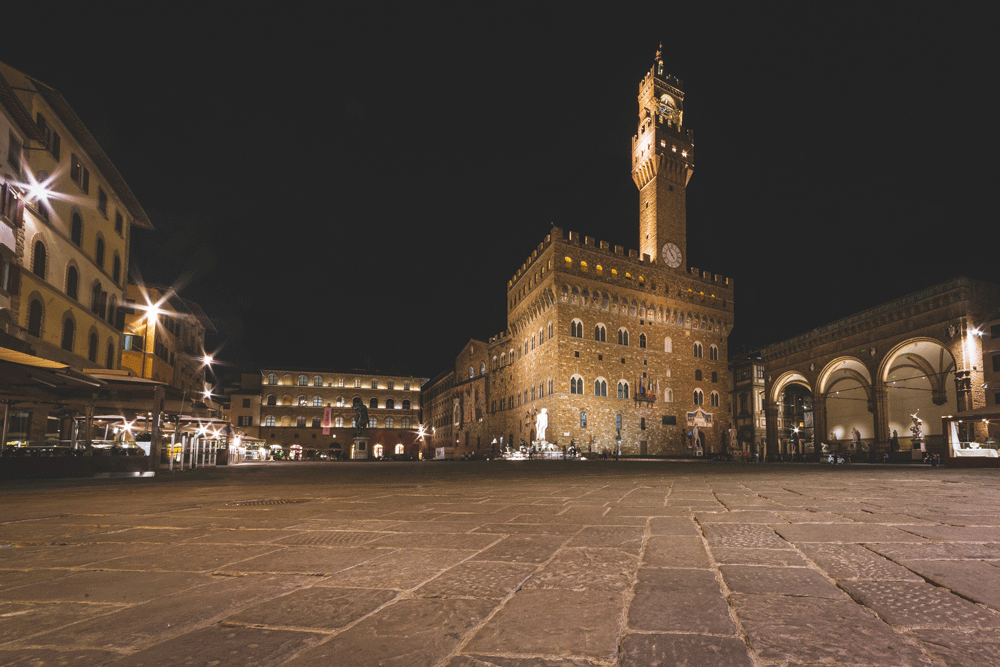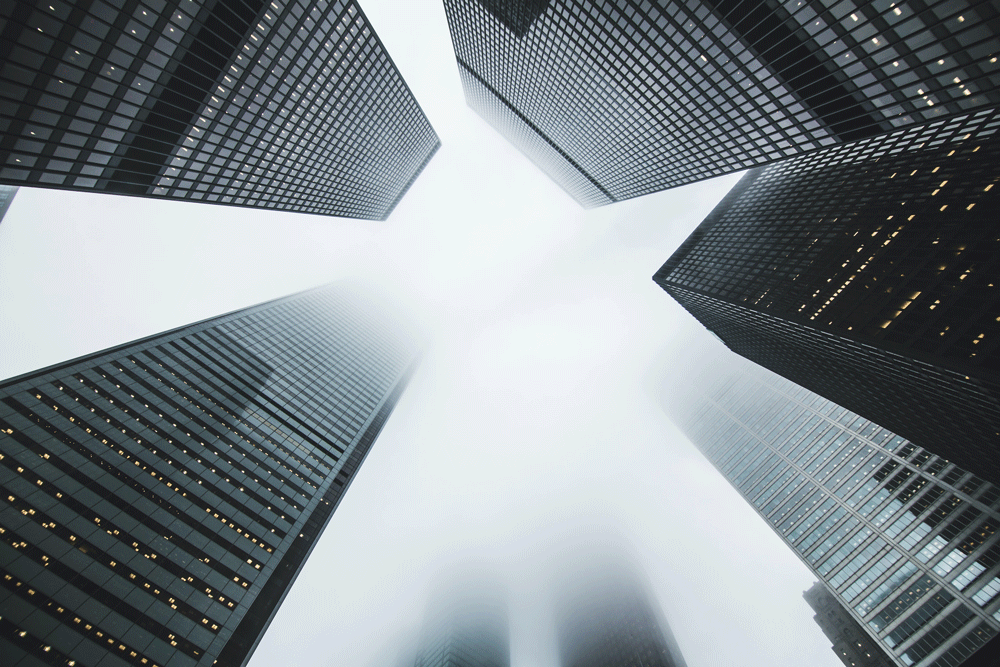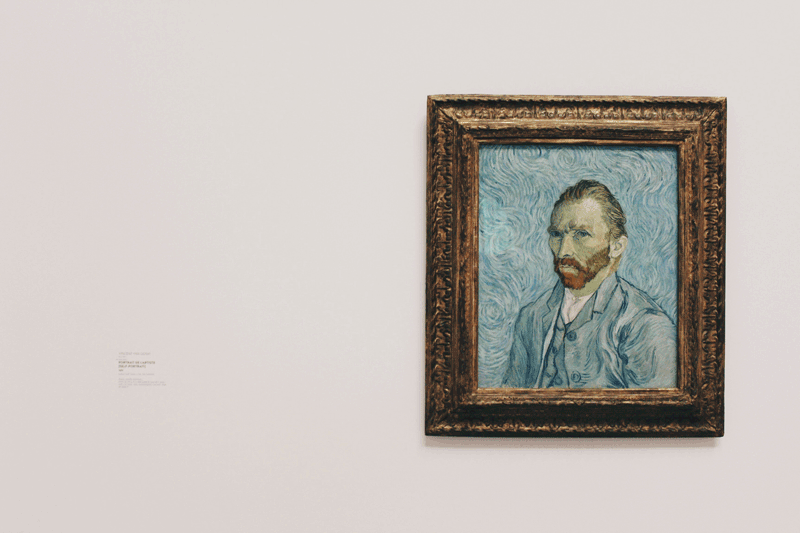Modern day Swiss philosopher, Alain De Botton, released a video in 2015 as part of The School of Life YouTube channel, where he maintained that the art of making an attractive city has all but been lost. For De Botton, it is “embarrassingly” the older cities around the world that are truly attractive, in comparison to the modern day concrete blocks society produces today. Is he right? I’m inclined to say that he is.
Take cities like Rome and Paris, two beautiful, old cities, that are made all the more attractive by their incredible architecture encapsulated in otherwise modern, bustling metropolises. Why have we gotten so bad at making really attractive cities, when we have only gotten better at making things in general, De Botton ponders? And why do we settle for this?
De Botton thinks we need to get scientific in how we approach the planning of our cities. And, though I’m sure town planners everywhere are becoming slightly enraged for the lack of recognition. Here is De Botton’s six fundamental things for creating an attractive city.
Order & Variety
Cities like Paris are adored for their ordered. When people traverse orderly cities, they feel safe in the knowledge that someone is in charge. When we have town planners that allow flat roofs beside pitched we feel as though there are no rules. This De Botton maintains is frustrating, like an itch we cannot scratch. However, De Botton warns that too much order can be soul destroying, so we should also endeavour to create variety.
Take a city like Copenhagen, where orderly houses line the harbour. The are just similar enough to denote order, but each have their own unique colours and enough style to offer variety to the passerby.

Visible Life
A dead street is of no interest to most people. The cities we see in classical art, display lively streets and the colourful people of the past. Modern cities have large areas of land dedicated to soulless industrial estates, spanning wide expanses where no body goes unless to work or buy something. De Bottons states people want to see the work that is be going on and that it should be displayed proudly, not hidden away for no one to see. This is what creates interest and life on a street.
Compact
De Botton controversially maintains that the privacy modern people seek in the suburbs today is actually a disaster, socially and environmentally. He cites Barcelona, a compact city that uses a fraction of energy in comparison to similar sized but sprawling cities. He believes tightly packed neighborhoods in uplifting surroundings is actually what people desire, whether they know it or not.
“The Square” De Botton holds as the pinnacle of this kind of compactivity, an architectural feat that hasn’t been orchestrated properly for decades. It’s large enough to socialise large groups of people, but intimate enough to feel as though it is an “extension of your own home”.

Orientation & Mystery
Getting lost in a city is an enjoyable venture according to De Botton. Balcony’s overlooking narrow streets allow for neighbours to chat and soak up the atmosphere, while also becoming the atmosphere. Though it is necessary to have a balance between narrow streets and larger ones for functional purposes, De Botton feels the narrow streets are just as important in the balance of things.
Scale
Likewise, the balance of scale is a key factor in designing an attractive city. As humans we are not adverse to being dwarfed by scale, but as long as it’s deserving. Today the largest buildings are skyscrapers owned by large, faceless corporations. Whereas, buildings of worth in the past were cathedrals and monuments of importance. De Botton believes we’ve made a “dumb collective mistake” and allowed for corporations to have too much power and space in our cities. For De Botton buildings should not be over five stories, and any large buildings should be worthy of their height.
Make It Local
My favourite point De Botton makes, and most relevant to what we are trying to do here in City Illustrated is “Make It Local”. What De Botton means by this, is that cities need to be unique. More and more, cities are becoming more similar, but we travel to see the strong characters of the cities we visit. Like Dun Laoghaire harbour made from local stone in a hillside quarry, governments should strive to lean into what is unique about their city and pull from local resources. These are the things that give their cities their unique culture and beauty.
Watch the video:



One Response
Thank you for sharing this insightful article! I found the information really useful and thought-provoking. Your writing style is engaging, and it made the topic much easier to understand. Looking forward to reading more of your posts!